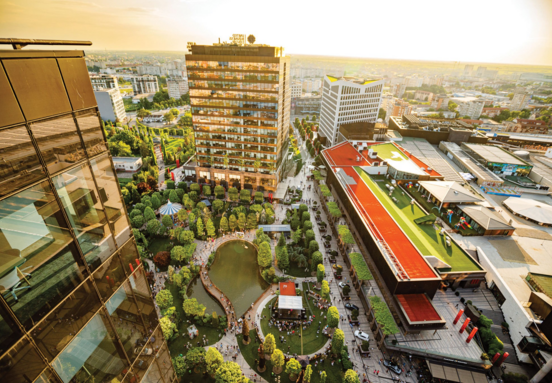According to the abovementioned source, Romania posted last year an economic growth estimated at 0.7 per cent. In 2014, Romania’s GDP would probably grow at a 2.2 per cent rate (close to January estimates), while in 2015 Romania’s economy is expected to advance 2.7 per cent (as against 3 per cent in January).
Romania’s current account deficit will reach up to 3.7 per cent of the GDP in 2013 and up to 3.6 per cent in 2014 and 2015; in January, the WB estimated Romania’s current account deficit will reach 4.3 per cent of the GDP in 2013, 3.9 per cent in 2014 and 3.7 in 2015. In 2012, the current account deficit of Romania as GDP quota was estimated at 3.8 per cent.
The growth in Romania’s exports reflected steady improvement in the share of the car parts industry and transport equipment in total foreign sales. Despite the recovery in global trade, the region’s export performance has been mixed. “Export growth has been weak in Russia and Latvia but considerably strong in Romania, Lithuania and Turkey”, WB analysts said. According to estimates in 2013, Romanian exports to other developing countries including to Mexico (mostly tires, carpets, steel products, optical instruments, accessories), Brazil (cars and car parts, rolling stock, oil equipment) and Turkey has been growing rapidly. Romania’s exports to Russia increased at a 42.8 per cent annualized pace and to Ukraine by more than 10 per cent in the first two months of the year.
Several countries including Romania, and Serbia might accelerate privatization efforts this year. The good news is that growth rate for many of the hardest-hit countries have recovered to levels close to their underlying potential output. Unfortunately, growth so far has not been strong enough to make significant inroads into existing unemployment and spare capacity in many countries. Several countries including Romania, Ukraine and Bulgaria have still large economy-wide output gaps (3 to 4 per cent of their GDP).
Inflation has moderated in most economies due to declines in food prices following last summer’s poor crop, and the passing through of earlier administrative tariff and tax increases. According to ‘Global Economic Prospects’ WB report, inflation in Romania remained at 5.7 per cent year over year in February (5.8 per cent in January) driven mainly by foods and services (due to regulatory tariff hikes), but is expected to go down toward the central bank’s target rate in the second half of the year.
On the plus side, agricultural production is expected to be better this year in several countries. The summer and winter droughts in 2012 cut the growth rates significantly and generated inflationary pressures in several countries. Countries including Albania, Georgia, Kazakhstan, Romania, Russia, Serbia, and Ukraine will benefit from a higher contribution of agriculture this year. Growth in developing Central and Eastern Europe is expected increase only slightly to 1.9 per cent in 2013 from 1.5 per cent as most of the factors that weighed down the growth last year continue to hinder the economic growth this year, but less intensively in some countries. Monetary policy remains accommodative in most countries, while the pace of fiscal consolidation has eased in Romania, Latvia and Lithuania, reducing the drag on overall growth. The EU required adjustment has been completed in Romania, Latvia and Lithuania to reach the 3 per cent deficit target, WB concluded. (source: nineoclock.ro)






